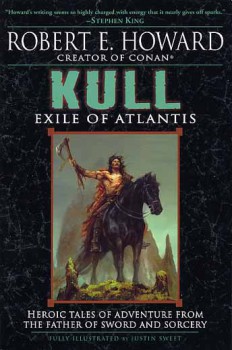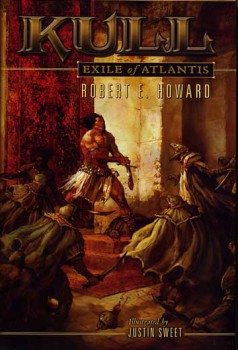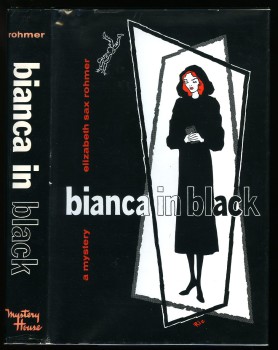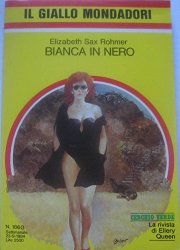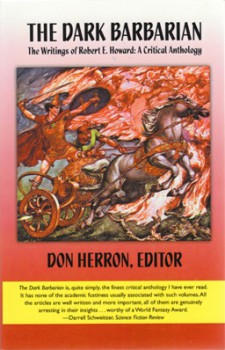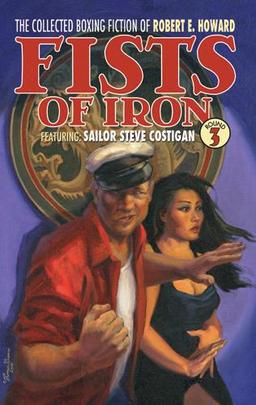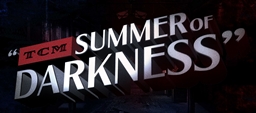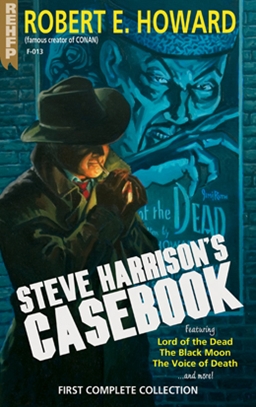Blogging The Insidious Dr. Fu-Manchu by Sax Rohmer, Part Nine – “The Golden Flask”
NOTE: The following article was first published on June 15, 2010. Thank you to John O’Neill for reprinting these early articles so they are archived at Black Gate which has been my home for nearly 6 years and 270 articles now. Thank you to Deuce Richardson without whom I never would have found my way. Minor editorial changes have been made in some cases to the original text.
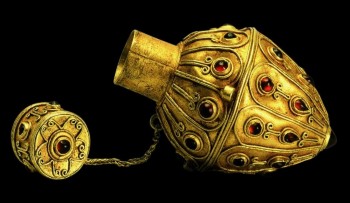
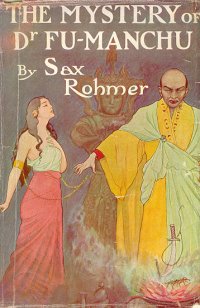 “The Golden Flask” was the eighth installment of Sax Rohmer’s serial, Fu-Manchu. First published in The Story-Teller in May 1913, it later comprised Chapters 21-23 of the novel, The Mystery of Dr. Fu-Manchu (initially re-titled The Insidious Dr. Fu-Manchu for North American publication). Rohmer added brief linking material to the start of this episode for its book publication in an effort to tie the story closer together with its immediate predecessor. “The Golden Flask” is unique in not being centered upon Dr. Petrie’s infatuation with Karamaneh, but rather upon our heroes’ obsession with bringing Dr. Fu-Manchu to justice.
“The Golden Flask” was the eighth installment of Sax Rohmer’s serial, Fu-Manchu. First published in The Story-Teller in May 1913, it later comprised Chapters 21-23 of the novel, The Mystery of Dr. Fu-Manchu (initially re-titled The Insidious Dr. Fu-Manchu for North American publication). Rohmer added brief linking material to the start of this episode for its book publication in an effort to tie the story closer together with its immediate predecessor. “The Golden Flask” is unique in not being centered upon Dr. Petrie’s infatuation with Karamaneh, but rather upon our heroes’ obsession with bringing Dr. Fu-Manchu to justice.
The story harks back to “The Zayat Kiss” in being set in motion with Nayland Smith and Dr. Petrie correctly identifying Henry Stradwick, Lord Southery as the next target of assassination, but being too late to prevent his death. Lord Southery’s physician, Sir Frank Narcombe believes the peer to have expired from heart failure. Oddly, Smith states that neither he nor Petrie represents the official police. A reason for this blatant deception is never given and must be concluded as an error on Rohmer’s part. Reference is made to both Smith and Petrie possessing a supernatural ability to detect Fu-Manchu’s presence at the scene of Lord Southery’s death despite the absence of any clues pointing to foul play. When Petrie describes Smith as looking like “a man consumed by a burning fever,” the reader is completely willing to suspend disbelief and go along with Rohmer’s frenzied paranoia. It is the same mania that captivated Petrie (and, by extension, the reader) at the start of “The Zayat Kiss.”
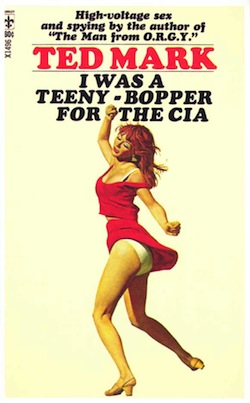 Many, many years ago I worked at a used bookstore called Bookmans in Tucson. Everybody from Arizona knows Bookmans. They have several stores around the state and they’re all as big as supermarkets, filled with used books, music, and games. Most books are half cover price, and employees got a 50% discount. Sometimes the manager would be like, “You did a good job today, Sean, take a book.”
Many, many years ago I worked at a used bookstore called Bookmans in Tucson. Everybody from Arizona knows Bookmans. They have several stores around the state and they’re all as big as supermarkets, filled with used books, music, and games. Most books are half cover price, and employees got a 50% discount. Sometimes the manager would be like, “You did a good job today, Sean, take a book.”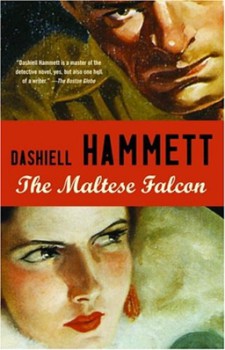
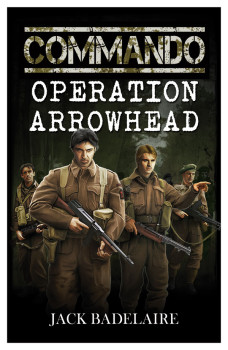 Today we’re talking to
Today we’re talking to 